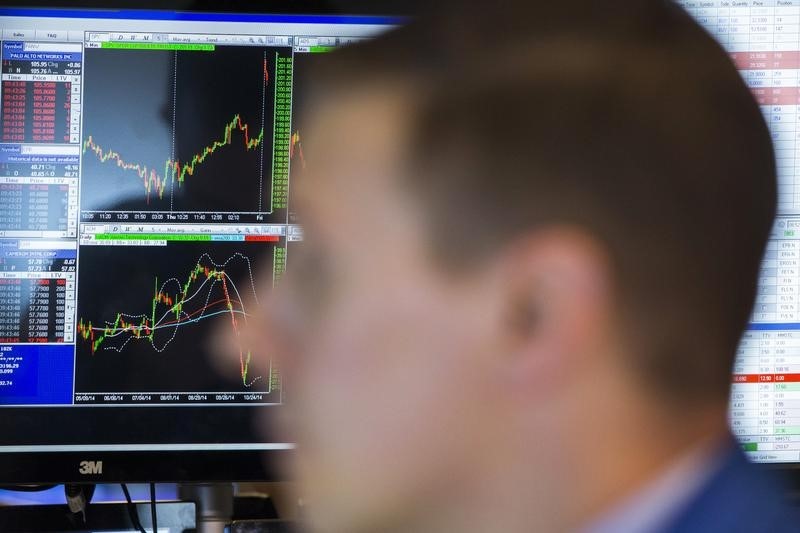By Marco Aquino
LIMA (Reuters) - Southern Copper, controlled by Grupo Mexico, expects its production of the red metal in Peru to bounce 17% this year to 400,000 metric tons, a senior executive told Reuters, driving the firm's overall output growth.
The mining firm, Peru's third largest copper producer, saw its copper output slide to 342,000 tons last year from just over 398,000 tons the year before as operations at its Cuajone mine were paralyzed by almost two months of community protests. These have cooled this year despite ongoing political tension.
The strong production forecast shows how miners in the Andean country are defying a wider regional trend of falling output, and expectations protests and political uncertainty could hurt the sector - even potentially costing Peru its spot as no. 2 producer globally.
Though there are concerns about flagging mining investment, Peru has seen output rise this year more widely, while neighboring top producer Chile has seen production dip.
Raul Jacob, Southern Copper's vice president of finance, told Reuters in an interview that the strong rebound in Peru would help the company increase overall copper production to 932,000 tons this year, up some 4% versus 2022.
He added that the company could add some 470,000 tons of copper production in the country over the next decade if projects in the pipeline came online as planned.
"We are going to more than double copper production in Peru," said Jacob.
Southern Copper operates the Cuajone and Toquepala mines and a smelter in Peru, and its peak production in the country was about 424,000 tons in 2020, government data show. In Mexico it operates the La Caridad and Buenavista fields.
Jacob cited the much-delayed Tia Maria project in Peru where the firm aims to start production in 2026, the Los Chancas project slated for 2030 and Michiquillay in 2032 as driving production higher.
The three projects involve a combined investment of $6.5 billion.
"In Tia Maria there has been a lot of progress with the project. The animosity has subsided a lot," he said, referring to years of opposition to the project over environmental fears.
In Los Chancas the firm is working with authorities to get dozens of "illegal" miners who have invaded the mine to leave, he said. He also cited a $700 million investment plan to boost Cuajone's annual production - now 140,000 tons - by a third.
Regarding mining investment, forecast to decline sharply overall in Peru this year and next, Jacob said an uncertain political environment was hurting spending, but also that demand from China had not taken off as expected.
"To this we must add that interest rates are not low, and the cost of money has risen substantially, which affects the cash flows of these projects," he said.
